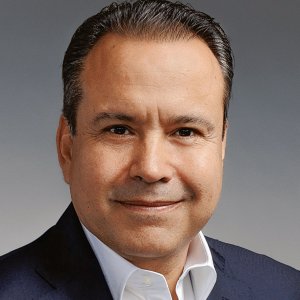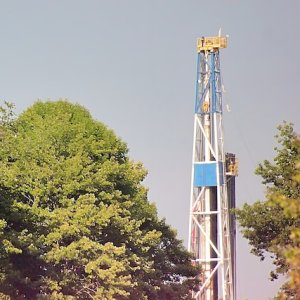
Wind Lessons Ease Transition to Solar
The global transition to sustainable energy production has passed the point of no-return as companies increasingly turn to renewables for their electricity supply. Knowing which way the wind was blowing, project developer Global Energy Services (GES) dismantled its fossil fuels division to concentrate on new opportunities to deploy clean energies in emerging markets like Mexico. GES is a leading international construction and services provider for the renewables segment. It has already established a solid presence in Mexico, having pioneered the development of wind farms in Oaxaca. It has also participated in emblematic projects such as the construction of the 74MW wind farm Stypa Nayaá, one of developer Gamesa’s first projects in the country.
Entering a new market can be a daunting task. GES says having the ability to adapt is the most important characteristic a company can have in this situation. “A company cannot change the way business is done in a country so it has to adapt to the local culture to move forward and GES understands that,” says Amos Guillén, Country Manager and Commercial Director of GES Mexico. GES, with over 1,700 employees in 20 countries, has an extensive track record. In wind, it has provided BoP for over 12GW of capacity globally, 23.6GW assembly and 11GW O&M. In Solar, it includes 430MW BoP/EPC and 380MW O&M. In Mexico, the company has installed over 2GW in power plants, with 400MW under O&M contracts.
The initial projects developed in a new region are usually the most challenging, Guillén adds. “Our first renewable energy projects were carried out in Oaxaca, which is a highly complex region due to social conditions. At GES, we work with local talent, which helps us to adapt faster. In Oaxaca, we followed the same strategy, eventually learning how to deal with the region’s inherent challenges. In 2009, the wind industry was still in its infancy in Mexico, which meant that all other players were going through similar challenges, including project developers such as ACCIONA and Gamesa.” That experience, he says, gave the company the foundation it needed to develop successful renewable energy projects, especially as other states presented fewer challenges in terms of social-related issues, which enabled GES to expand its operations.
“Other important wind energy projects that we have developed are Piedra Larga, Pedrera I and Pedrera II, all in Oaxaca. Also, we participated in the development of the Eurus wind project in Oaxaca, which was highly relevant for GES in 2009 due to its size. We have been involved in all the projects that Enel Green Power, Gamesa and Iberdrola have in the regions of La Ventosa and El Espinal in Oaxaca. All our projects serve as a showcase for GES’ capabilities to negotiate commercially, discuss contractual details and successfully execute the project,” says Guillén.
The experience acquired developing wind farms in Oaxaca has also given GES the confidence to dive into an unknown territory for the company in Mexico: utility-scale solar projects. According to Guillén, the company was already planning to boost its presence in the local solar sector before CENACE held the first power auctions, so the remarkable results achieved by solar in the auctions were just an additional incentive for GES to look at the sun. “The results of the long-term electricity auctions were extremely surprising, even for the winning companies,” Guillén says. “So far Mexico holds a negligible number of utility-scale solar projects, with just a pair of solar parks already constructed in the north, making large-scale solar power a fairly new industry in the country. Wind energy, on the other hand, has 1GW of projects already installed and we have been actively participating and building a reputation among the players in this industry. In solar energy we have to start from zero, like all other companies, but we will benefit from the reputation that we have already built in the wind industry,” he says.
The aggressive prices bid by renewable energy companies will be another challenge, Guillén says, because all players must now optimize their costs. “We want companies to know the added value that GES can bring to their projects by avoiding the risk of financial penalties associated with contract defaults."
















